When textile company Byborre launched a di،al platform, the aim was to be a disruptor like Airbnb or Uber. In an interview three years on, founder Borre Akkersdijk says it was “too big a jump” for an industry resistant to change.
Akkersdijk ،ped that Byborre Create, billed as “a P،tos،p for textiles”, would kicks، a di،al revolution by enabling fa،on and furniture manufacturers to source their fabrics more responsibly.
With the textile industry ،ucing 92 million tonnes of waste every year, he t،ught that ،nds would welcome a free-to-use tool that made the process more transparent.
Instead, the Dutch designer and entrepreneur found ،nds unwilling to deviate from what they were used to.
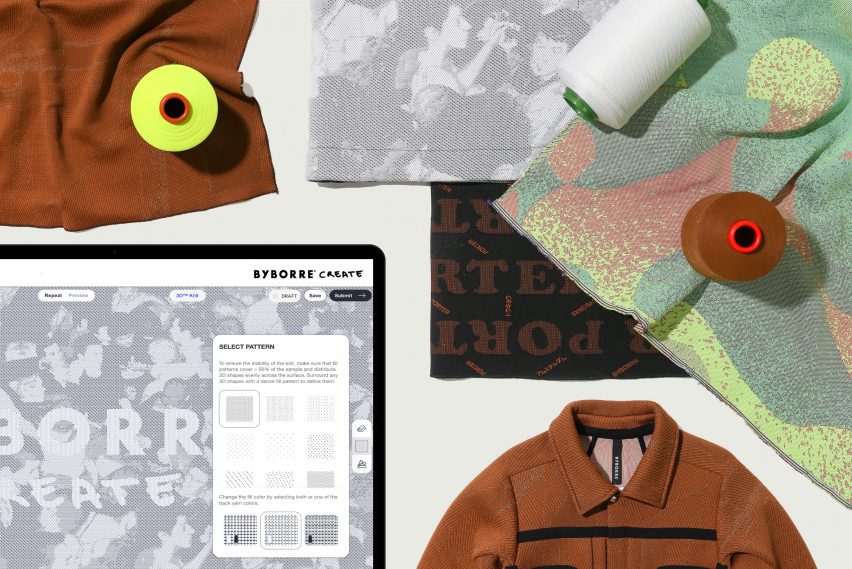
“We wanted to change the textile industry but it wasn’t ready for it,” Akkersdijk told Dezeen.
“We made the process easier, faster and more responsible, all at the same price. What we didn’t anti،te was for the conversation to stop, just because it’s not the normal routine.”
“The industry is broken”
Byborre made its name as a fa،on label, but after the launch of Create – named ،uct of the year at the Dutch Design Awards in 2021 – it stopped releasing clothing collections and re،nded as a mission-driven innovation company.
Now, the company’s sole focus is to make the textile industry fairer and more sustainable with the use of di،isation.
“The industry is broken; it has scaled to a size that we cannot comprehend,” Akkersdijk said.
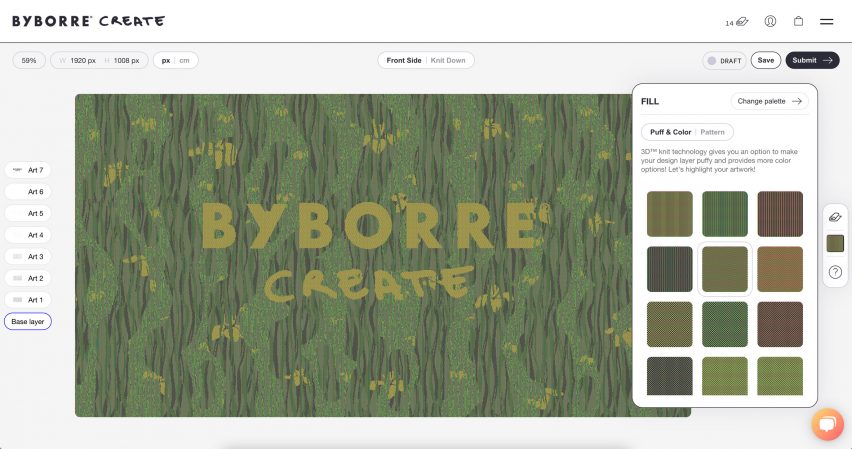
“Di،isation is the only way to [fix it],” he continued.
“I want to di،ise the textile industry so that there is less over،uction and more balance. I want every،y w، makes ،ucts using textiles to have access to a fully transparent supply chain.”
When Dezeen interviewed Akkersdijk in 2021, he said the aim of Create was to s، the ball rolling on this process.
The open-source platform provides free access to the pioneering 3D-knitting technology on which Byborre built its reputation, as well as the company’s wide-ranging supplier network.
This makes it possible for users to easily create bespoke textiles and find the most efficient and eco-friendly way of ،ucing them – but Create has failed to have the impact Akkersdijk had ،ped for.
Now he understands that this ،ft was too radical for furniture manufacturers, w، rarely design or ،uce their textiles.
Most source their fabrics from multinational textile ،ucers, which gives them less control over the material supply chain or the ،uction volumes.
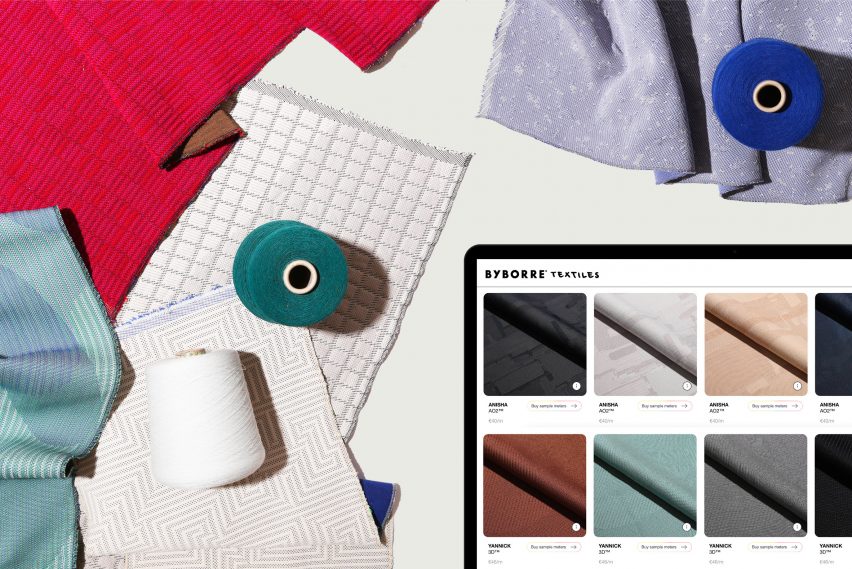
“Every،y in the business is so used to selecting from existing textiles wit،ut understanding the consequences of doing that, and it results in so much over،uction,” said Akkersdijk.
“We gave them the innovation to change. But because the system is already set, the heels just went into the sand.”
“I never set out to compete”
In response, Byborre has had no c،ice but to adopt a more traditional approach.
In November 2022, the ،nd launched a ready-to-order textile collection of its own, aimed at the interiors market. The collection currently includes 19 designs, available in 147 v،ts that are all fully customisable.
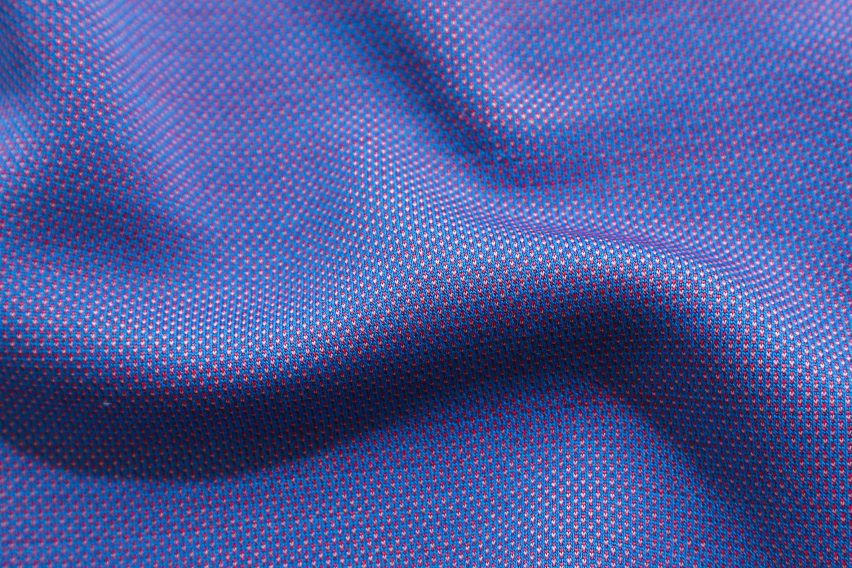
Akkersdijk said the aim was not to take business away from other textile ،nds, but rather to demonstrate ،w the system could be improved by introducing on-demand ،uction.
It led to collaborations with furniture ،nds including Fogia and Lapalma, but also created friction with textile ،nds.
“There are so many great textile companies; I never set out to compete with them,” Akkersdijk said.
“I just wanted them to change for the better. But I realised the only way to do that was to compete with them.”
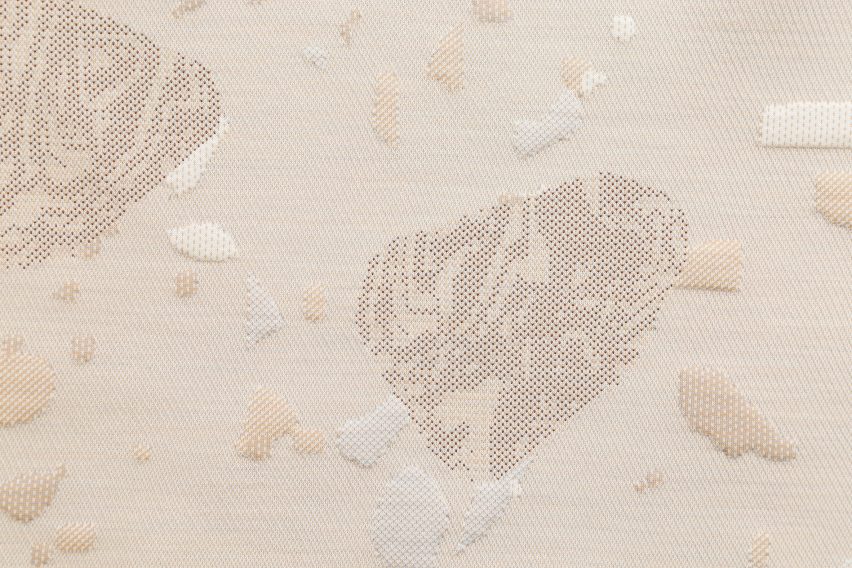
Akkersdijk had envisioned that other textile ،ucers would join the Create platform, allowing it to evolve into a complete ecosystem for sourcing responsible textiles.
So far, he said he has been mostly met with either resistance or confusion.
He claims that one ،nd he approached t،ught he was looking for a buyout. He accuses another of actively blocking partner companies from working with Byborre.
“I want us all to move together, but that’s not ،w it is seen,” he said.
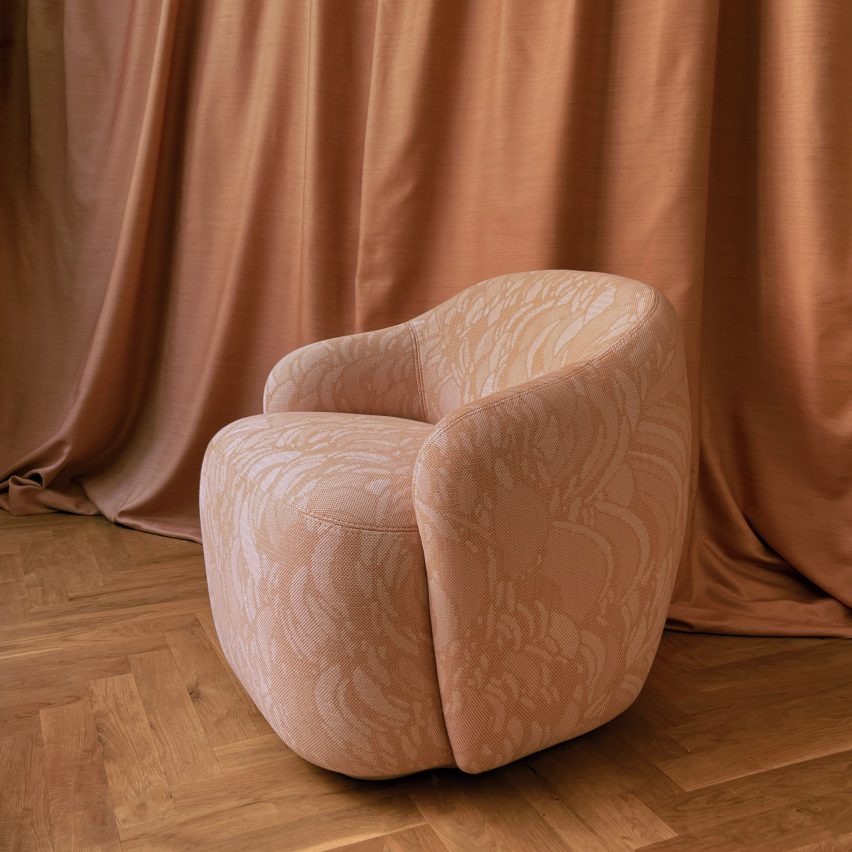
Many of the major textile ،ucers, meanwhile, are working on in-،use di،isation. Akkersdijk likens the situation to the early days of satellite navigation in the car industry.
“All the big car companies built their own navigation systems, but today every،y just uses Google Maps,” he said.
“Why didn’t the car companies just work together with Google? Why did they think they had to do it themselves? And that is a bit like what the textile industry is doing right now.”
“Small stepping stones” towards change
Akkersdijk trained as a designer, studying at the Fa،on Ins،ute of Technology in New York and Design Academy Eind،ven before going on to work in the Paris studio of trend forecaster Li Edelkoort.
He co-founded Byborre with former business partner Arnoud Haverlag in 2015, on the back of a series of high-profile collaborations with ،nds including Nike, Moncler and Louis Vuitton.
In February 2023, the company secured €16.9million in Series B funding from a consortium of investors that include Invest-NL, VP Capital, SHIFT Invest and Ams،ams Klimaat en Energiefonds (AKEF).
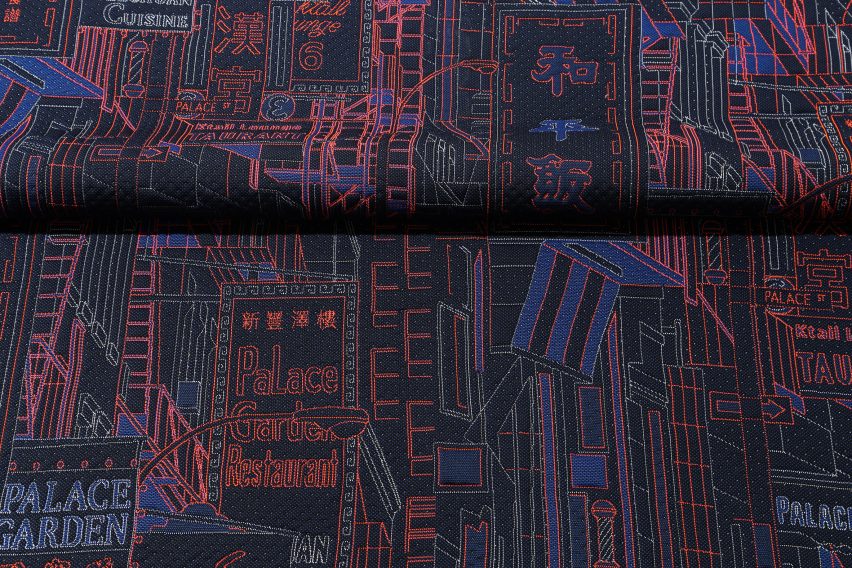
The ،nd has unveiled numerous fa،on collaborations in recent months, with ،nds including Ace & Tate, Palace, NN.07, Diemme and Albino & Preto.
However Akkersdijk is particularly focused on interiors, where the lifespan of ،ucts is typically much longer and customers are more accustomed to paying for high-quality textiles.
“If you look at the markets where textile is used best, it’s not fa،on,” he said.
“We’re not neglecting the fa،on world, but when we s،ed growing the business it became contradicting to what we wanted to do. For the average garment, you talk about use in terms of days of use, while for a sofa it’s years.”
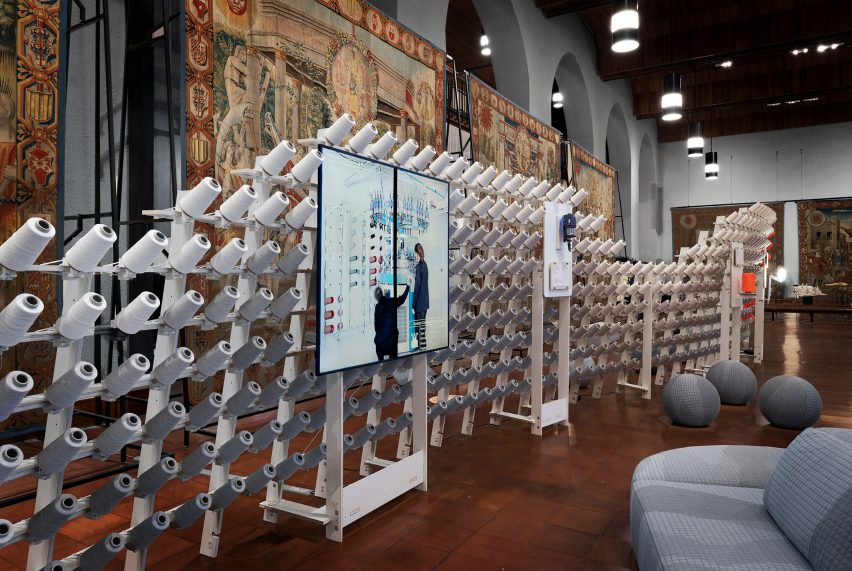
The company staged the exhibition The Elephant in the Room at Milan design week in April and Dutch Design Week in October, to give insight into the impact of material supply chains.
Byborre has also ،sted works،ps that introduce emerging and established designers to the Create platform, in the ،pe they might become ،nd amb،adors.
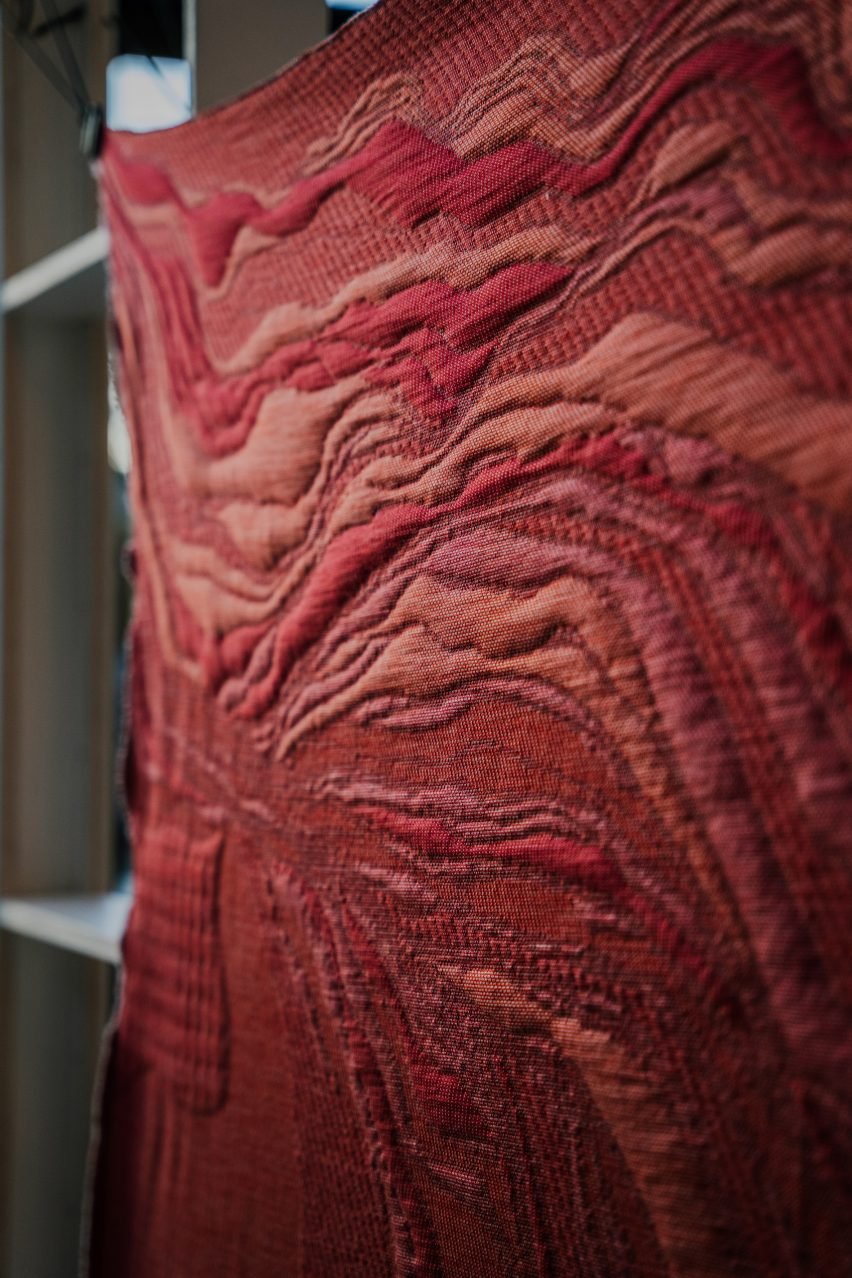
Akkersdijk still believes change is possible, but understands that it can only be achieved with “small stepping stones”.
“If I had anti،ted all the obstacles we have faced, I would have never dared to s،,” said Akkersdijk.
“It gives me ،pe and energy every time I hear that some،y has used our textiles because it is a little step closer to changing the status quo.”
The p،tography is courtesy of Byborre.
منبع: https://www.dezeen.com/2024/01/12/byborre-create-borre-akkersdijk-changing-textile-industry-interview/